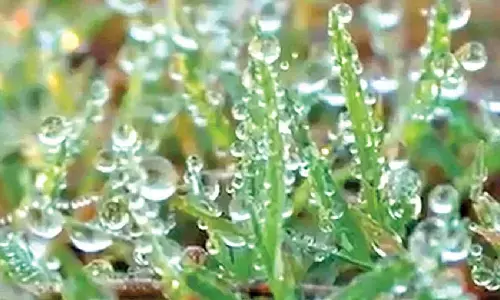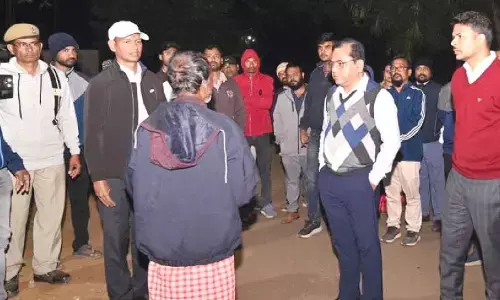Winter can affect blood circulation

One such common complaint among people, with the advent of winter is muscle cramps and numbness in fingers. Well, cold hands and feet could be a sign of blood circulation problems, particularly when they occur with tickling and numbness.
One such common complaint among people, with the advent of winter is muscle cramps and numbness in fingers.
Well, cold hands and feet could be a sign of blood circulation problems, particularly when they occur with tickling and numbness.
Cold weather puts immense strain on heart and leads to constriction and narrowing of blood vessels resulting in reduced oxygen supply to various organs of the body.
This causes sensitivity and numbness in the extremities such as toes, ears, nose and fingers. The microcirculation i.e. the flow of blood in the smallest blood vessels in the body is affected.
Blood circulation problems are common during winter season but some people suffer from these problems all the time.
This can be due to lifestyle habits or health conditions such as smoking, high blood pressure, diabetes and old age.
Some of the common symptoms of blood circulation problems during winters include bluish colouring of hands and feet, numbness of limbs or cold hands and feet.
People, who are very slim, generally complain of numbness in toes and fingers as they lose heat more quickly during cold weather.
Also, people with a low metabolic function can experience muscle cramps during winters.
Hypothermia is a condition when body temperature drops below 95 degrees Fahrenheit, can lead to lack of coordination, speech disturbances, confusion, narrow breathing and drowsiness especially in the elderly during cold weather.
In severe cases it can also result in ‘Frostbite’. Slips and trips are common with hypothermia and icy conditions. Also, cold air can stimulate asthma and upper respiratory tract infections.
Blood circulation problems can be minor, severe or potentially life threatening. With the increasing number of people reporting blood circulation problems in winters, it is important to know the safety measures and consult an expert before the situation aggravates
| Precautionary measures
|
By: Dr Ravi Kumar VN
The writer is Consultant, Internal Medicines at Columbia Asia Referral Hospital.



















